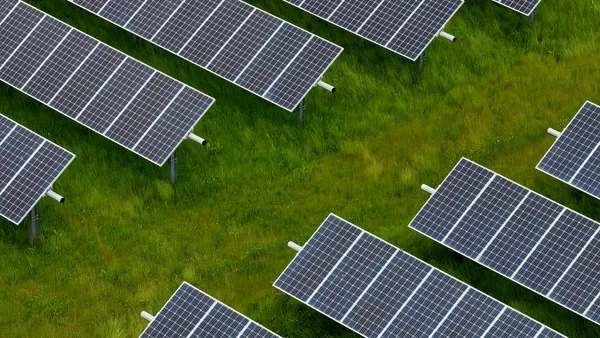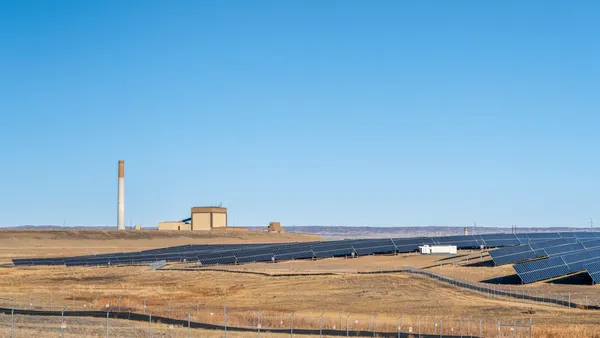Dive Brief:
- Hawaii's most populous island could support up to 200 MW in pumped hydro storage capacity, based on existing reservoirs, according to a report from Pacific Business News.
- Using inexpensive solar energy to pump water during the day, in order to produce power later in the evening, when it is more expensive, is an idea attracting attention in part because of potential associated benefits like irrigation and flood control.
- Kauai Island Utility Cooperative is considering developing 25 MW of pumped hydro storage, with the project expected to cost between $55 million and $65 million.
Dive Insight:
Hawaii has an untapped source of energy storage, according to a Pacific Business News story. Using existing reservoirs on Oahu, there is the potential to develop between 100 MW and 200 MW of energy storage, Pacific Hydro founder John Wehrheim told the news outlet.
And Hawaii's hydro projects have typically been multi-use systems, meaning then potential to create other benefitss, like irrigation or lower-cost power to farmers.
"All these things would help the farmers’ bottom line in a big way,” Wehrheim told PBN. “That creates jobs. Billions of dollars leave Hawaii each year for imported oil. Pumped storage could significantly stop that bleeding [and] help keep that money in Hawaii.”
Kauai Island Utility Cooperative is considering two pumped storage projects, though it intends to only construct one. The co-op is in talks with the state Department of Land and Natural Resources, the state Agribusiness Development Corporation and the Department of Hawaiian Home Lands, the agenices which oversee the areas being considered for the projects.
The 25-MW project is expected to cost up to $65 million, but would also allow the utility to shutter its older oil-fired plants.
"Electricity generated by the island’s solar arrays combined with the storage project would provide power at night for about 35% less than the present cost of oil," the utility explains on its project page. "And once the project is paid off, the cost would fall to only a few pennies per megawatt hour."
















